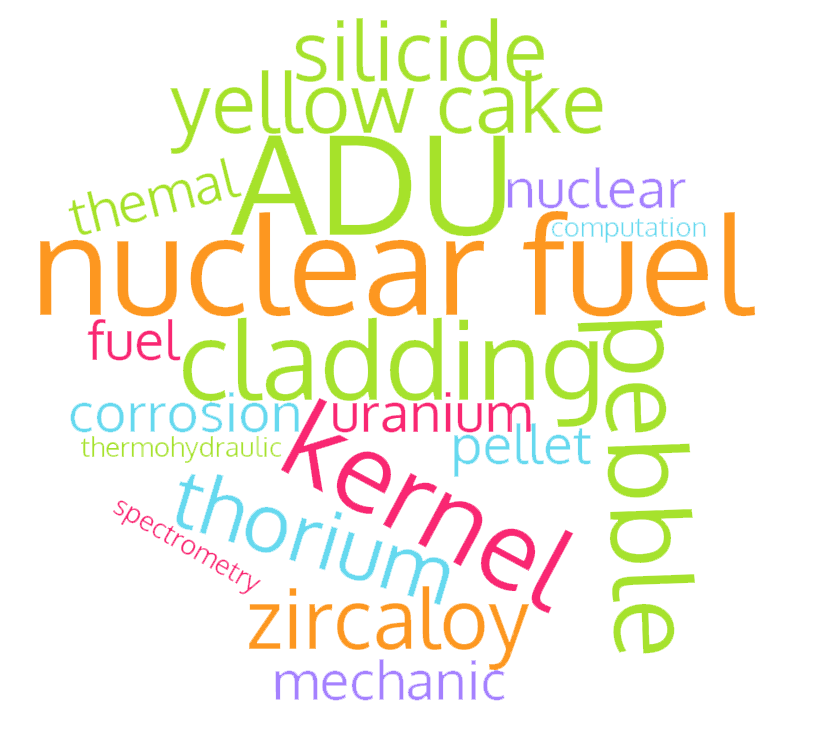ZrC Coating On Fuel Eelement Cladding Zircaloy-2
DOI: http://dx.doi.org/10.17146/urania.2017.23.1.3148
Sari
The intensive researchs on high discharge burn-up of Light Water Reactor (LWR) fuel element were performed due to the extension of fuel element’s utility life. One of these researches was allowing for alteration of the existing zirconium-based clad system through coating. This technique is supposed to improve the corrosion resistance of cladding without changing the dimension of fuel cladding. In current research, the ZrC film was coated on the zircaloy-2 cladding surface by dipping process of zircaloy-2 specimens in colloidal graphite at room temperature. The dip-coated specimens then undergone heating process at 700oC, 900oC and 1100oC respectively in Argon gas atmosphere for 1 hour. The microstructure and crystal structure of the coated cladding were characterized by optical microscope and XRD respectively. The optical microscope showed the growth of the grains with increasing temperature. XRD examination on the specimens revealed that the ZrC crystal structure on the cladding surface occurred only at 1100oC, but it did not appear at 700oC and 900oC. It can be concluded that dipping process of specimen in colloidal graphite with subsequent heating at 1100oC provided ZrC film coated on zircaloy-2 cladding. The heating process at this temperature allowed carbon atoms to diffuse into zircaloy surface to form ZrC film.
Keywords: zircaloy, cladding, dip-coating, colloidal graphite, ZrC.Teks Lengkap:
PDFRefbacks
- Saat ini tidak ada refbacks.
Penerbit: Pusat Riset Teknologi Bahan Nuklir dan Limbah Radioaktif
Diindeks oleh:









